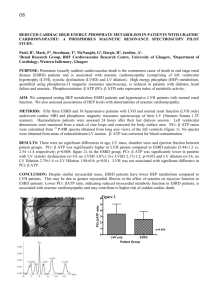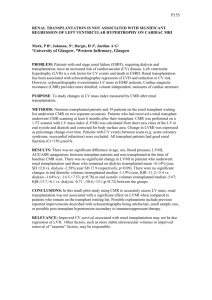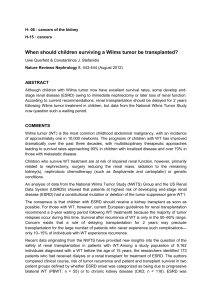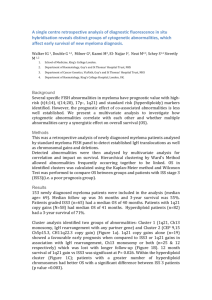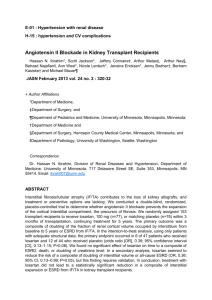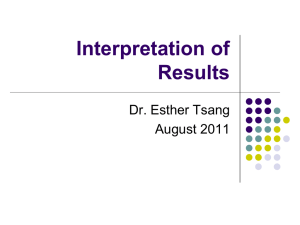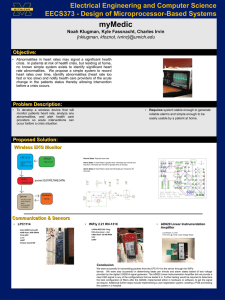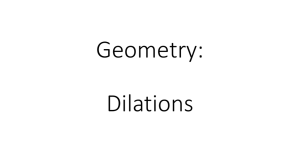long term cardiovascular survival in esrd patients undergoing
advertisement
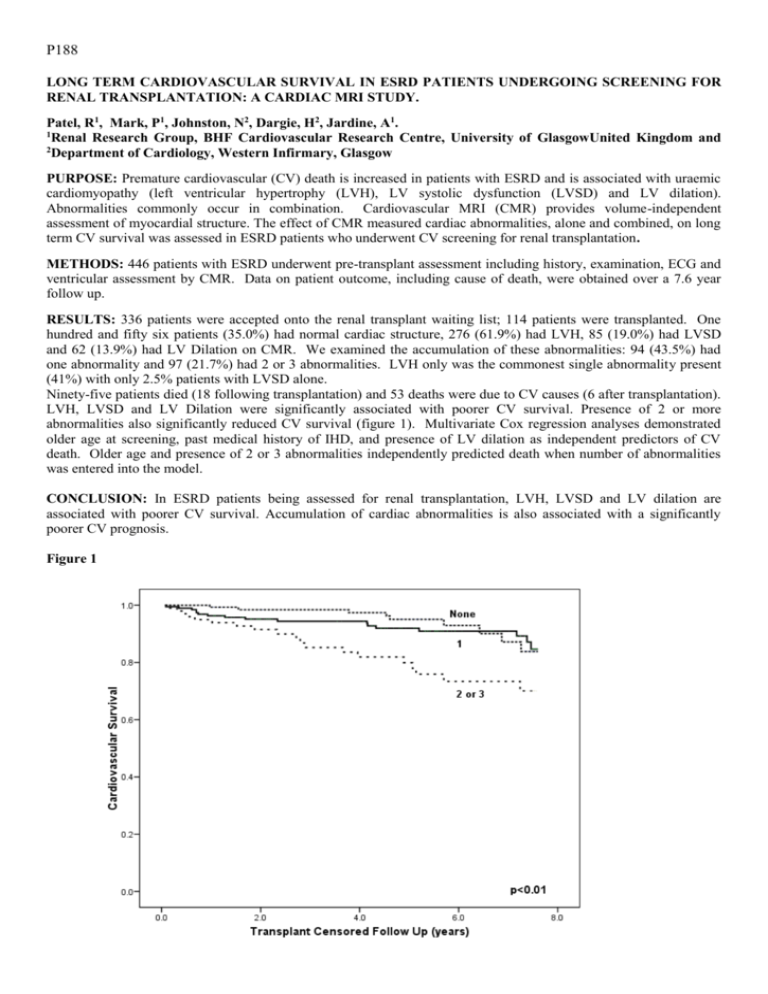
P188 LONG TERM CARDIOVASCULAR SURVIVAL IN ESRD PATIENTS UNDERGOING SCREENING FOR RENAL TRANSPLANTATION: A CARDIAC MRI STUDY. Patel, R1, Mark, P1, Johnston, N2, Dargie, H2, Jardine, A1. 1 Renal Research Group, BHF Cardiovascular Research Centre, University of GlasgowUnited Kingdom and 2 Department of Cardiology, Western Infirmary, Glasgow PURPOSE: Premature cardiovascular (CV) death is increased in patients with ESRD and is associated with uraemic cardiomyopathy (left ventricular hypertrophy (LVH), LV systolic dysfunction (LVSD) and LV dilation). Abnormalities commonly occur in combination. Cardiovascular MRI (CMR) provides volume-independent assessment of myocardial structure. The effect of CMR measured cardiac abnormalities, alone and combined, on long term CV survival was assessed in ESRD patients who underwent CV screening for renal transplantation. METHODS: 446 patients with ESRD underwent pre-transplant assessment including history, examination, ECG and ventricular assessment by CMR. Data on patient outcome, including cause of death, were obtained over a 7.6 year follow up. RESULTS: 336 patients were accepted onto the renal transplant waiting list; 114 patients were transplanted. One hundred and fifty six patients (35.0%) had normal cardiac structure, 276 (61.9%) had LVH, 85 (19.0%) had LVSD and 62 (13.9%) had LV Dilation on CMR. We examined the accumulation of these abnormalities: 94 (43.5%) had one abnormality and 97 (21.7%) had 2 or 3 abnormalities. LVH only was the commonest single abnormality present (41%) with only 2.5% patients with LVSD alone. Ninety-five patients died (18 following transplantation) and 53 deaths were due to CV causes (6 after transplantation). LVH, LVSD and LV Dilation were significantly associated with poorer CV survival. Presence of 2 or more abnormalities also significantly reduced CV survival (figure 1). Multivariate Cox regression analyses demonstrated older age at screening, past medical history of IHD, and presence of LV dilation as independent predictors of CV death. Older age and presence of 2 or 3 abnormalities independently predicted death when number of abnormalities was entered into the model. CONCLUSION: In ESRD patients being assessed for renal transplantation, LVH, LVSD and LV dilation are associated with poorer CV survival. Accumulation of cardiac abnormalities is also associated with a significantly poorer CV prognosis. Figure 1
